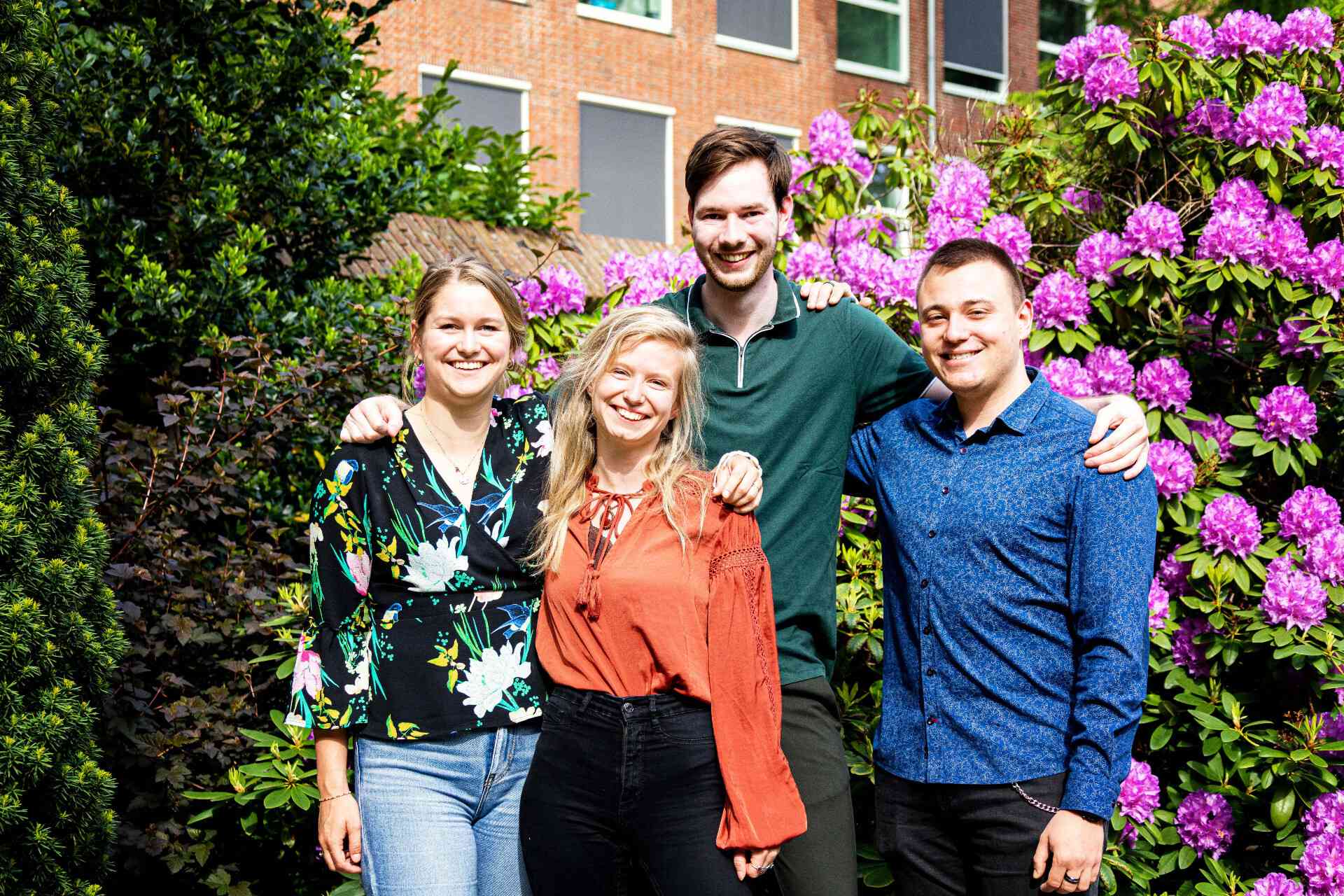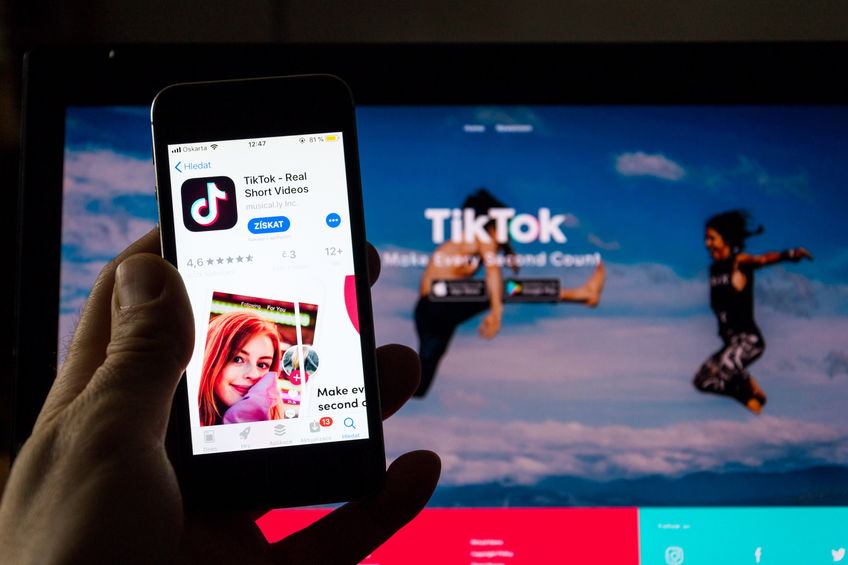Culture? Ask young people
How do you involve young people in culture? This is a question that local governments and the cultural sector have struggled with for some time. At the request of the Municipality of Het Hogeland, University of Groningen students carefully considered the matter and have come up with an answer.
Text: Merel Weijer / Photo student team: Silvio Zangarini
The Cultural Engagement of Young Adults in Het Hogeland project by Faculty of Arts students Ydwer Hoekstra, Stefan Ivanov, Roos Gielen, and Joren Arkes recently won the Ben Feringa Impact Award in the student category. The jury report was very positive: ‘A beautiful and practical research project that goes further than scientific research alone. This is actually really useful to people.’
Challenging project
The students came to the project via the Careers Minor offered at the UG. The Municipality of Het Hogeland had asked for help in figuring out how to better involve young people in culture. The Municipality noticed that this group tends to remain distant from cultural activities. During the COVID-19 pandemic, it became painfully clear how important culture is as an outlet for young people. But there is often a missing link for young people in contemporary cultural offerings. The group of students was tasked with the great challenge of devising a solution to this problem.

Team Science
The team comprised a variety of nationalities and disciplines. The students had various backgrounds: in media studies, information sciences, international relations, and history. This was an advantage, as everyone contributed their own expertise. ‘By combining these areas of expertise, we came to results that we would not have been able to achieve on our own. And we could also learn a lot from each other, not only by deploying our own skills but also by collaborating closely with one another and actively supplementing each other’s knowledge.’ By optimally deploying everyone’s talents, the students quickly developed a well-integrated mixed-method approach to the issue.
From theatre to TikTok
This mixed-method approach consisted of a theoretical and a practical element. Based on a literature survey, the students tried to develop a vision using the concept of cultural democracy. ‘The most common strategy in many contemporary cultural policy plans is the democratization of culture. This refers to making traditional cultural offerings more accessible by removing obstacles, giving everyone the opportunity to take part in every cultural activity. These obstacles include: a lack of information, a lack of interest, not feeling a sense of belonging with a cultural activity (behavioural), little or no public transport, too little time, long distances, or high costs involved. This strategy is therefore mostly supply-driven.’ In this project, the students combined this strategy with a much newer approach: aiming for a ‘cultural democracy’, in which everyone is free to create culture and to make their own versions of culture. In this context, it is important to recognize the full spectrum of cultural creativity, not only traditional forms. Examples include: vlogging, creating memes, e-sports, video games, graffiti, or creating TikTok videos. Other elements that play an essential role are the accessibility of material, space, information, a network, support, and advice, as well as having a say in how this environment looks.

Cultural ecology
The combination of these aspects results in a cultural ecology. This ecology comprises subsidized culture, commercial culture, and DIY culture. In practice, the three can overlap. ‘Seeing culture as an ecology implies that all forms of culture are equal and that the attention of policymakers should be equally divided across all these forms. Right now, attention is often diverted to the supply side, the subsidized forms of culture (by and large, traditional cultural offerings). By adding the principle of a cultural democracy to the existing strategy, the demand side can also take its place in cultural policy. This then creates more room for people’s own creativity and new forms of culture.’
Not feeling welcome
In addition to this theoretical component, the students put out a survey to get to know their target group. This survey included questions such as: Which two activities do you most enjoy in your free time? How often do you attend a cultural activity? Did you find it easy to get to the location? Was the price you paid worth what you got out of it? Would you attend such an activity again? The students then conducted a content analysis of policy documents of cultural institutions within the municipality and launched a focus group with a number of professionals from the cultural sector. Comparing these results with those of the survey revealed a number of differences. The most important discrepancy that emerged was the fact that the cultural organizations state that the target group is more than welcome, but that the content analysis revealed that little effort was made to attract them or to help them feel welcome.
Focus on demand
Based on a combination of these results, the students formulated a recommendation for the Municipality. Their most important piece of advice: the Municipality should shift its perspective on supply and demand. The focus should lie more on demand and on actively involving young people in creating suitable cultural offerings, rather than only on making traditional offerings more accessible. In the students’ study, the problem definition was turned around and young people were really listened to and asked about their ideas of what ideal cultural offerings should look like. ‘In doing so, we brought theory and practice together. Our project therefore shows how important it is and remains to integrate science and cultural science with society as a whole.’
More news
-
18 November 2025
What about the wife beater? How language reinforces harmful ideas
-
03 November 2025
Menopause in perspective: How the media influences our perception
-
23 October 2025
Nine UG researchers awarded Vidi grant
